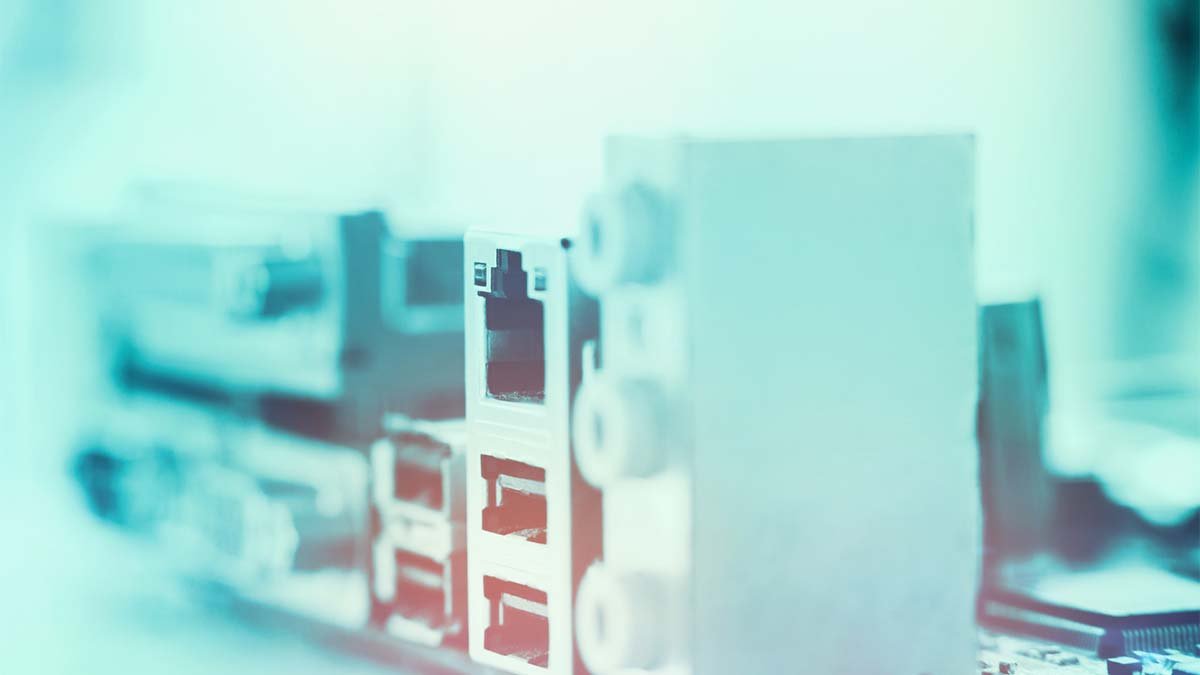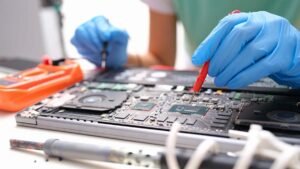Do you have this bad experience to populate the motherboard with DIMM modules and the system will not boot? Really, yes. If so, we have a solution to it and have provided much knowledge about it in this article. It is fact that the motherboard has plenty of dim slots where you can put the modules of memory slots in it.
In this order, you can put one or two memory module slots and in most cases, you can put four modules of memory slots but it is not common. After populating the motherboard with DIMM modules, some configuration options will not work. You have to face this problem when you try to mix a desktop memory module with a server-grade one. That’s why you must need to know about these DIMM modules.
We tried to explain what are the DIMM memory slots. And why do they make the reason for problems when you try to populate them? So keep reading this knowledgeable guide for more basic information.
What are DIMM Modules?
The word DIMM stands for dual-in-memory-module. Basically, it is a type of memory of pc, enabling fast data transfer. It includes one or more RAM (random access memory). Simply, the DIMM modules are the slots of memory on the motherboard. DIMM modules are a very important part of your motherboard. But there are different types of DIMM module memory slots. DDR3 is the most common memory module.
DDR3 memory modules are used in many systems in the world, because these are very easy to use, and also easy to populate. DDR3 is mostly used in the majority of different systems. And another type of memory module is the DDR4 memory module and these are mostly used in the newer system.
What happens when you try to populate your motherboard with DIMM modules?
The system of your PC will just boot when the memory is at the proper speed after populating the DIMM slot with the memory module. These DIMM modules include all the basic information to ensure that the DIMM modules of memory slots are all run at the same proper speed.
Which configuration option will not work after populating the motherboard?
The main problem occurs when you mix up the un-buffered DIMM and registered memory DIMM module on a single motherboard because the nature of these RAM types is different from each other. One thing that is very important is that your motherboard must match with that type of memory DIMM module you need to install on it. So that you would never face any issues when you try to populate your motherboard with the compatible memory DIMM modules.
However, there are several types of configurations that will not work after populating your motherboard with DIMM modules. So, when you populate a motherboard with DIMM modules, then mixing un-buffered DIMMs with registered DIMM memory modules will not work. Usually, un-buffered DIMMs are used in space of the consumer desktop, and registered DIMMs are used in the space of the server. There is also some configuration that will not work by instability after installing the motherboard with DIMM modules.
However, the RAM frequency must be matched with all DIMMs modules because mismatched RAM frequency may cause the failure to operate the system. So you need to be very careful when you install the motherboard with DIMM modules in the memory slots because the failure of populating may cause to decrease the performance.
Kinds of Memory Modules
There are three main kinds of memory modules in the PC space. These are the most common standard DIMMs that have a height of 1.18 inches and a length of 5.5 inches. These common types are given below:
- Fully-Buffered DIMMs
- Un-buffered DIMMs
- Registered DIMMs
Fully-Buffered DIMMs memory module
In the Buffered DIMMs memory modules, a buffer is used in the system to control a wide memory of your motherboard. These are also called FB-DIMMs.
Un-buffered DIMMs memory module
In the un-buffered DIMMs memory module, the memory will be directly connected to the lowest controller without the use of the buffer in this case. Un-buffered DIMMs run faster. They are not much stable as compared to registered DIMMs modules because the commands go to the memory controller residing in the memory module on your PC. The Unbuffered DIMMs memory slots are mainly used in desktops and laptops.
Registered DIMMs memory module
If we talk about this type of module, registered DIMMs memory modules have no system of the buffer. That’s why they are also called buffered memory. But these modules have a register that delays all the information transferred to the memory modules with just one clock cycle and it will increase the reliability of the modules. Registered DIMMs memory modules are mostly used in servers and data centers also.
How do the DIMM modules work?
There are two parts to DIMM modules,
- The DIMM
- The DIMM connector
The DIMM module is the memory module of the motherboard and the DIMM connector is the part of the DIMM module it connects the memory module to the motherboard.
Conclusion
We hope that after reading this article, now you have got all the answers to your question about why some configurations will not work after populating your motherboard with DIMM memory modules. What are DIMM modules and the types of DIMM modules? You just need to use modules of a different company with different speeds so that both of these configurations can work properly. You will face any issue that would be by mixing up un-buffered memory with the registered memory DIMMs modules on the motherboard. Hopefully, this guide helped you a lot!




